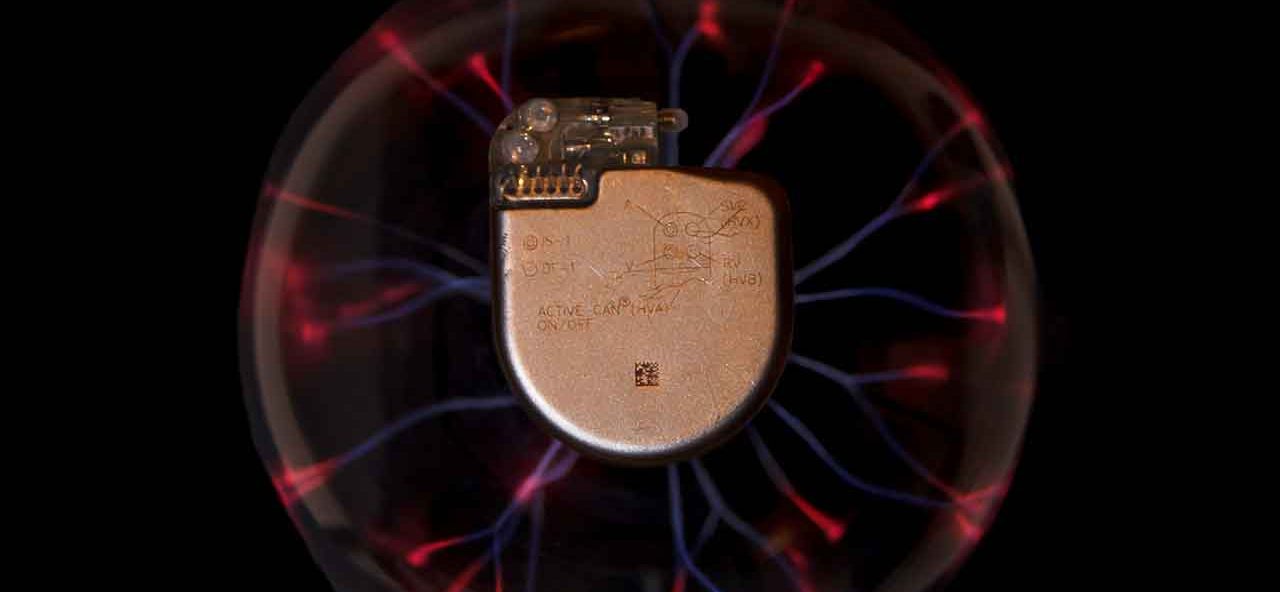Implantable Defibrillators Help Older Patients Live Longer

Elders with a near-fatal heart rhythm problem can now live longer, healthier lives, thanks to automated external defibrillators and better heart disease treatments.
If a person suffers a near-fatal heart rhythm problem (an arrhythmia), their risk for sudden death — sooner than later — can be a huge worry, especially for heart patients over 65 who are at greatest risk. But thanks to advances in implantable devices designed to detect and correct arrhythmias, as well as progress in treating heart disease, the future is looking brighter for these elders.
YOU MIGHT ALSO LIKE: How to Decrease Peripheral Artery Disease Symptoms
What is ventricular fibrillation?
Ventricular fibrillation (often called v-fib), is the typical cause of cardiac arrest. The arrhythmia causes the lower chambers of the heart to quiver erratically. As the v-fib continues for even a short time, the heart pumps little or no blood, causing a person experiencing the arrhythmia to collapse. Immediate CPR and the quick use of an automated external defibrillator (AED) — a portable device that sends an electric shock to the heart in an attempt to restore a normal heart rhythm — are the only hope for people suffering this life-threatening emergency. If no CPR or AED is available quickly enough, or the shock fails to work, cardiac arrest and sudden death result.
What is a defibrillator?
People who have survived a cardiac arrest thanks to an AED, or who are known to be at risk for v-fib, are frequently given implanted cardioverter defibrillators (ICDs) — small, battery-powered devices placed under the skin that constantly monitor heart rate and rhythm via tiny wires connected to the heart. If a ventricular arrhythmia develops, the ICD sends a quick, small shock to zap the heart back into normal rhythm.
University of Colorado researchers analyzed the records of 12,420 Medicare beneficiaries, to see how the patients fared years after surviving a cardiac arrest between 2006 and 2009 and receiving ICDs.
"In this population, there is a very high risk for these cardiac events to happen again," said the study's lead author Frederick Masoudi, MD, professor of medicine at the University of Colorado and chief science officer of the American College of Cardiology's National Cardiovascular Data Registry. "I was surprised to see the survival rates in our study were as high as they were."
In fact, the research found almost 80 percent of the heart patients 65 and older lived years longer after a near fatal heart event compared to their counterparts in the past. For those at least 75 years old, the risk of death was only 22 percent over the next two years after their cardiac arrest experience — compared to a 35 percent risk in people of that age group who had the same heart problem and ICDs implanted several decades ago.
Why they are surviving
The explanation for the improved odds for elders who have survived a cardiac arrest, or near-arrest, is two-fold, according to Masoudi. First, treatment for heart disease, which is an underlying cause of many cardiac arrests, has improved dramatically over the past three decades. And ICD technology has also advanced substantially.
Since their introduction over 30 years ago, ICDs have become smaller, and advancements now allow the devices to act as both pacemakers (to speed up or slow down an erratic heartbeat, if needed) as well as defibrillators. The devices can detect and correct dangerous arrhythmias more quickly and accurately than earlier models.
Visit American Heart Association for additional information on ICDs and advice on living with an ICD.
Updated:
March 02, 2020
Reviewed By:
Janet O’Dell, RN